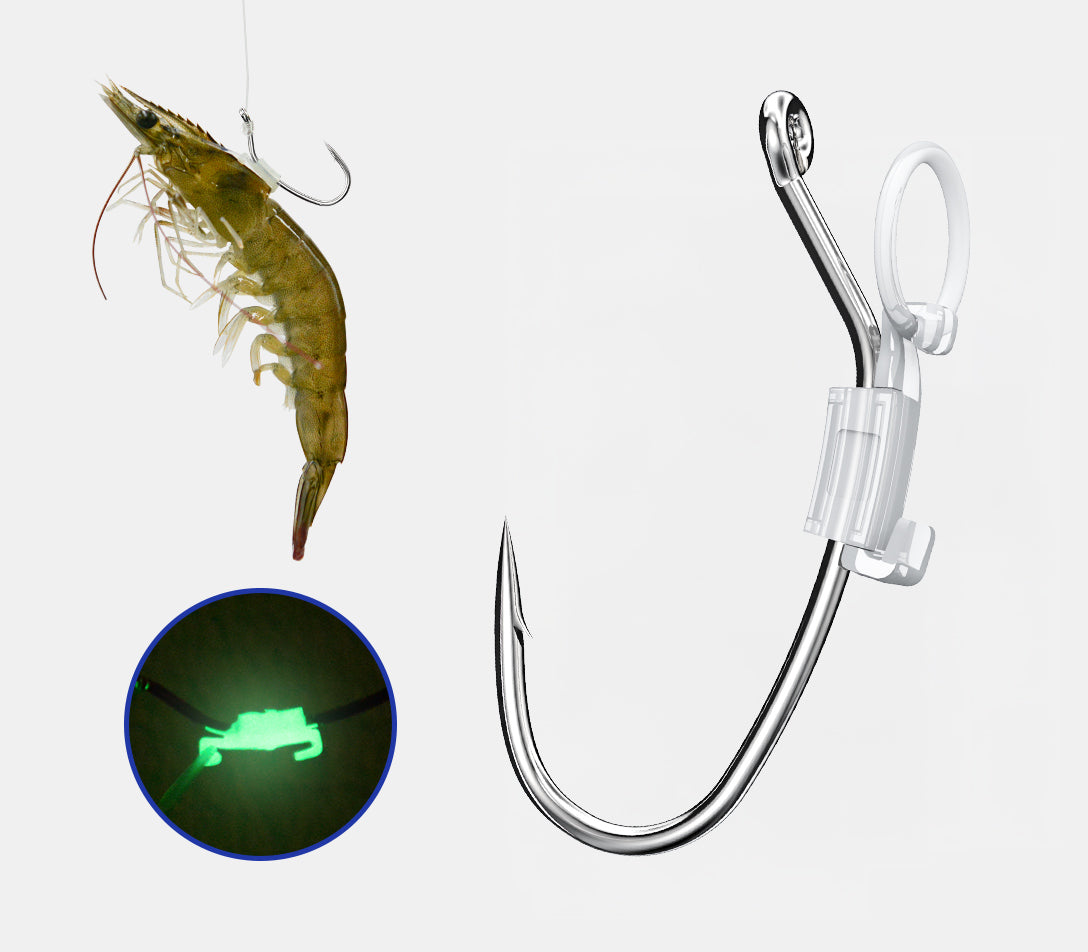Spring is one of the most exciting times of year for anglers. As ice melts and water temperatures rise, fish become more active and accessible, especially in shallower water. But spring fishing can also be tricky. Conditions are constantly changing, and fish behavior varies depending on which part of the season you're in.
To help you navigate these transitional months, we've compiled six key spring fishing tips to improve your catch rates—plus a bonus tip you won't want to skip.
1. Add Scent for Better Hookups
Scent can make the difference between a fish sniffing and swimming away, or committing to bite. In early spring, fish are more likely to short strike or nibble rather than fully inhale your bait. Adding a Fish Attractant like garlic, anise, or other proven scents can extend the amount of time fish hold onto your lure, giving you a better chance to set the hook.
Scent is especially useful with soft plastics, finesse jigs, or any time you're fishing slowly in cold water. Even if it doesn't result in more bites, it often results in better hookups. Keep a variety of Fish Attractants on hand to experiment and find the ones that work best for your target species.
2. Find the Warmest Water
Spring fish follow warmth. Areas that heat up faster—such as shallow coves, muddy bays, or wind-protected shorelines—often hold the highest concentration of baitfish early in the season. And where the bait goes, predators follow.
Pay attention to your electronics or use a handheld water thermometer to find subtle temperature changes. Even a 2°F difference can be enough to turn a slow area into a productive one. South-facing banks and darker-bottomed flats tend to warm fastest and should be your first stop on cold mornings.

3. Use Your Electronics Effectively
Pre-spawn fish often school tightly. That's great news for anglers with quality sonar, down imaging, or side imaging. Instead of blindly casting, use your Fishing Gear electronics to scan the structure and cover until you find baitfish and schools of your target species.
Look for stacked arches on sonar or shadows along weed edges on side imaging. Idling around for 15 minutes to locate fish can be more productive than casting for an hour into empty water. Mastering your electronics is a game-changer in the spring.
4. Follow the Double Cast Rule
When you catch a fish in the spring, don't immediately move on. Fish often school tightly this time of year, especially during pre-spawn. Make the same cast again—same direction, same distance, same retrieve. Chances are good that more fish are sitting in that exact spot.
This is especially true for perch, crappie, smallmouth, and largemouth bass. If you're on a hotspot, it can lead to fast action without needing to reposition your boat or make long casts. Stick with a productive area until the action slows.
5. Focus on Green Vegetation
Spring is a reset period for aquatic vegetation. Some of last year's weeds have died off, leaving behind decaying matter that can lower oxygen levels. However, patches of living, green grass will often hold more fish due to better oxygen levels and insect life.
Look for cleaner water with healthy, vibrant weeds. Even if the vegetation is sparse, as long as it's green and lush, it has the potential to hold fish, especially panfish and bass. Avoid weedy areas that look brown, slimy, or decaying.

6. Don't Be Afraid to Fish Shallow
As spring progresses, more fish push into the shallows to spawn or to feed on newly available forage. In some cases, you might find bass, crappie, or even walleye in water as shallow as 1–2 feet.
Don't hesitate to move close to the bank, even in clear water. Shallow fish are often catchable with stealthy approaches like wacky rigs, Kanama Smart Bait Mini, or weedless jigs. Trim your motor, pole into the area, and be as quiet as possible. The rewards of catching shallow spring fish can be immense.

Bonus Tip: Don't Overlook Red
Stock your spring tackle box with red patterns, particularly in stained water or near rock transitions where fish are actively feeding. Red works wonders for bass, walleye, and even aggressive panfish species. The red hue seems to trigger a predatory response in many spring fish.
Final Thoughts
Spring fishing brings new energy to the season and gives anglers the chance to catch fish in both quantity and quality. Understanding how water temperature, fish behavior, and subtle environmental clues work together can help you find more fish, more often.
Slow down when it's cold, speed up when it's time, and always stay observant. Apply these spring fishing tips, paired with the right Fishing Gear and Fish Attractants, and you'll be well on your way to landing more fish this season. Get out there and enjoy the thrill of springtime angling!














